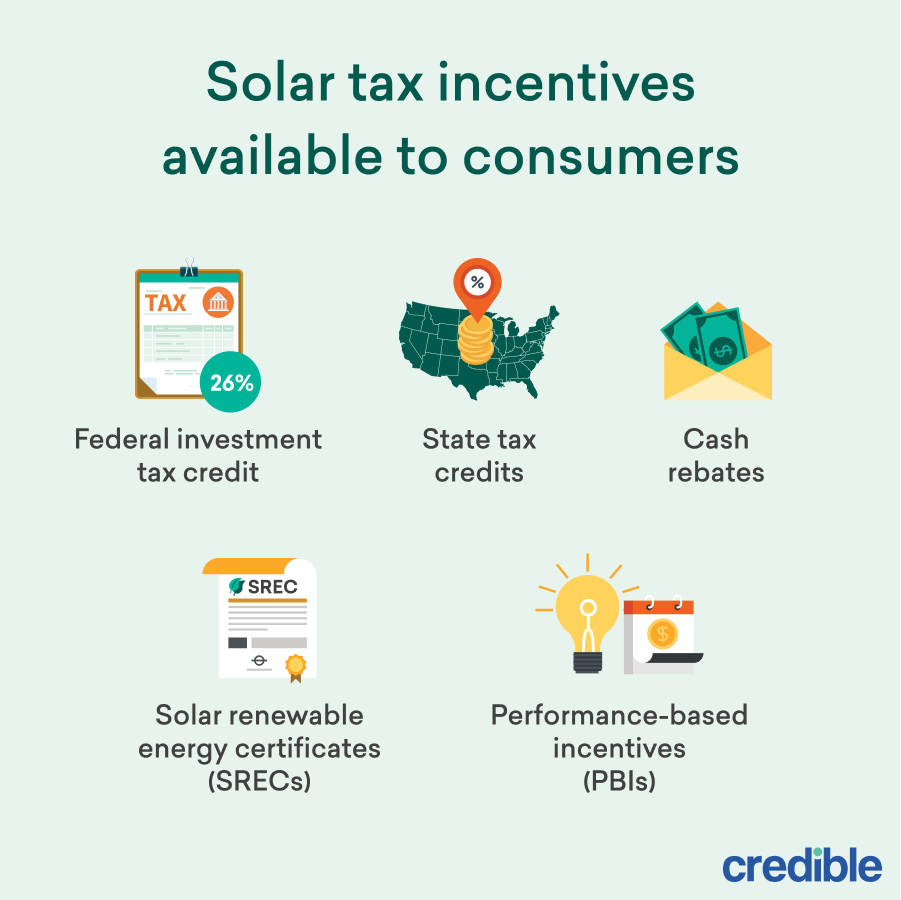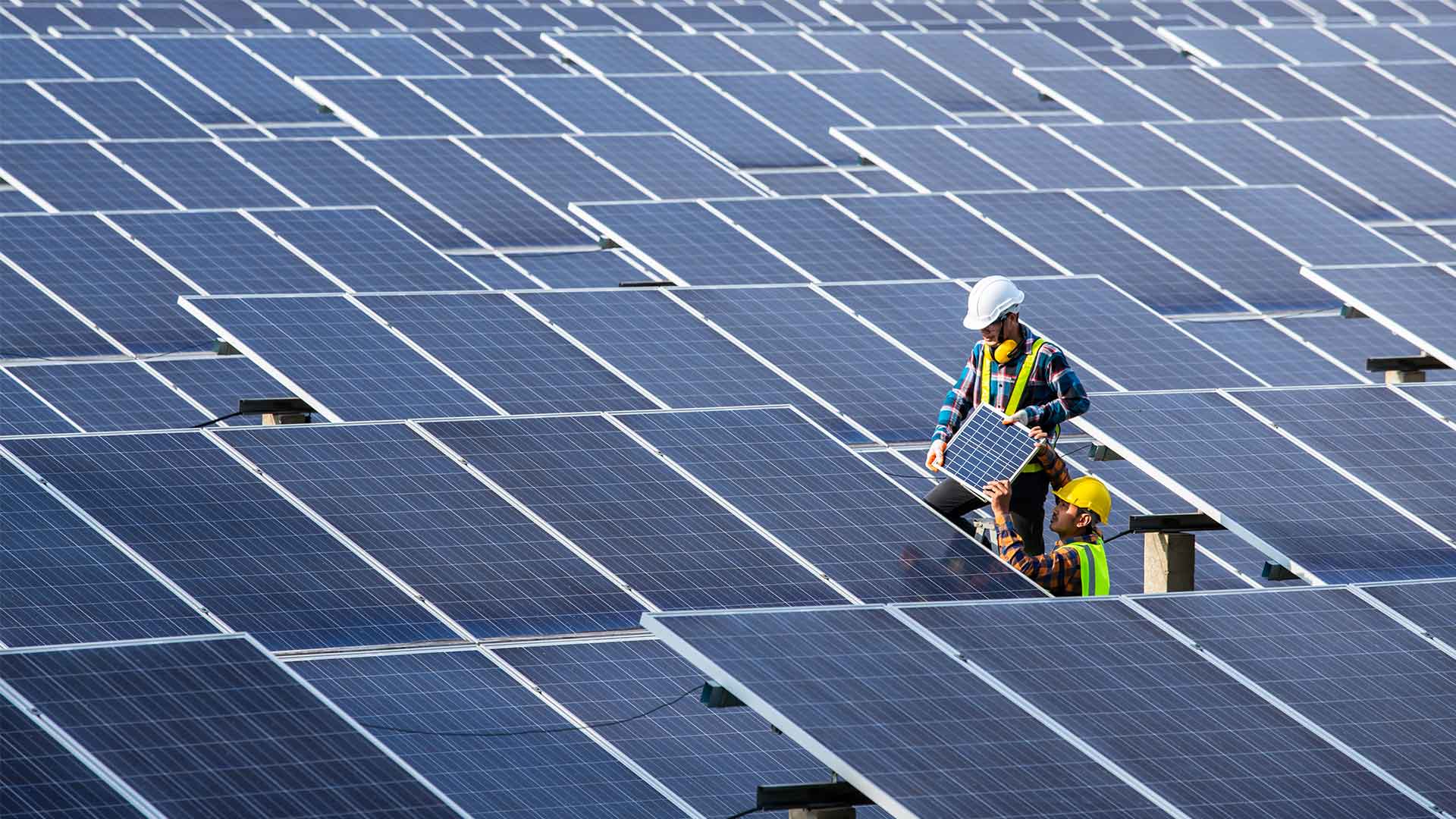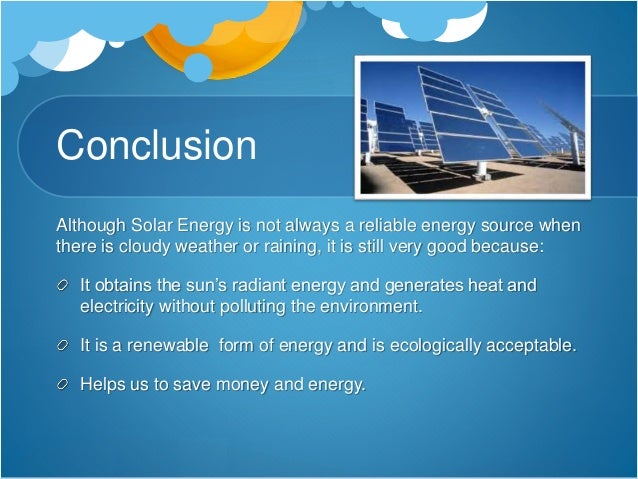Solar Energy System Presentation
| Introduction to Solar Energy System | ||
|---|---|---|
| Solar energy systems harness the power of the sun to generate electricity. These systems use photovoltaic cells to convert sunlight into usable energy. Solar energy is a clean and renewable source of power, making it an environmentally-friendly choice. | ||
| 1 | ||
| Components of a Solar Energy System | ||
|---|---|---|
| Solar panels are the main component of a solar energy system, which capture sunlight and convert it into electricity. Inverter is used to convert the direct current (DC) produced by solar panels into alternating current (AC) that can be used to power electrical devices. Batteries store excess energy produced by the system for use during cloudy days or at night. | ||
| 2 | ||
| Types of Solar Panels | ||
|---|---|---|
| Monocrystalline solar panels are made from a single crystal structure, which makes them highly efficient but also more expensive. Polycrystalline solar panels are made from multiple crystal structures, offering a balance between cost and efficiency. Thin-film solar panels are lightweight and flexible, making them ideal for certain applications such as solar-powered backpacks or portable chargers. | ||
| 3 | ||
| Benefits of Solar Energy Systems | ||
|---|---|---|
| Solar energy systems reduce reliance on fossil fuels, helping to combat climate change and reduce air pollution. Solar power can significantly lower electricity bills, providing long-term cost savings. Solar panels require minimal maintenance and have a lifespan of 25 years or more, making them a reliable investment. | ||
| 4 | ||
| Installation Considerations | ||
|---|---|---|
| Solar panels should be installed in a location with maximum exposure to sunlight, typically facing south or southwest. Proper roof orientation and angle are important factors for optimizing energy production. Shading from trees, buildings, or other obstructions should be minimized to ensure maximum efficiency. | ||
| 5 | ||
| Government Incentives and Rebates | ||
|---|---|---|
| Many governments provide incentives such as tax credits or grants to encourage the adoption of solar energy systems. Some utility companies offer net metering programs, allowing homeowners to sell excess energy back to the grid. Research and apply for available government incentives and rebates to maximize cost savings. | ||
| 6 | ||
| Environmental Impact | ||
|---|---|---|
| Solar energy systems produce electricity without emitting greenhouse gases or other harmful pollutants. By reducing reliance on fossil fuels, solar power helps to mitigate climate change and protect the environment. Solar panels have a low carbon footprint and can offset the carbon emissions produced during their manufacturing within a few years of operation. | ||
| 7 | ||
| Maintenance and Lifespan | ||
|---|---|---|
| Solar panels require minimal maintenance, typically limited to occasional cleaning to remove dust or debris. Inverter lifespan is usually around 10-15 years and may need to be replaced during the system's lifetime. Regular monitoring of system performance is recommended to ensure optimal efficiency. | ||
| 8 | ||
| Future of Solar Energy Systems | ||
|---|---|---|
| Advancements in solar technology continue to improve efficiency and reduce costs. Battery storage solutions are becoming more affordable, allowing for increased self-consumption and energy independence. Integration of solar energy systems with smart grid technology holds the potential for more efficient energy management. | ||
| 9 | ||
| Conclusion | ||
|---|---|---|
| Solar energy systems offer a sustainable and cost-effective solution for generating electricity. Investing in solar power helps to reduce carbon emissions and combat climate change. By harnessing the power of the sun, we can create a cleaner, greener future for generations to come. | ||
| 10 | ||

:max_bytes(150000):strip_icc()/monocrystalline-solar-panel-1302108360-0aa4e05421a64d018def781b259ba751.jpg)






